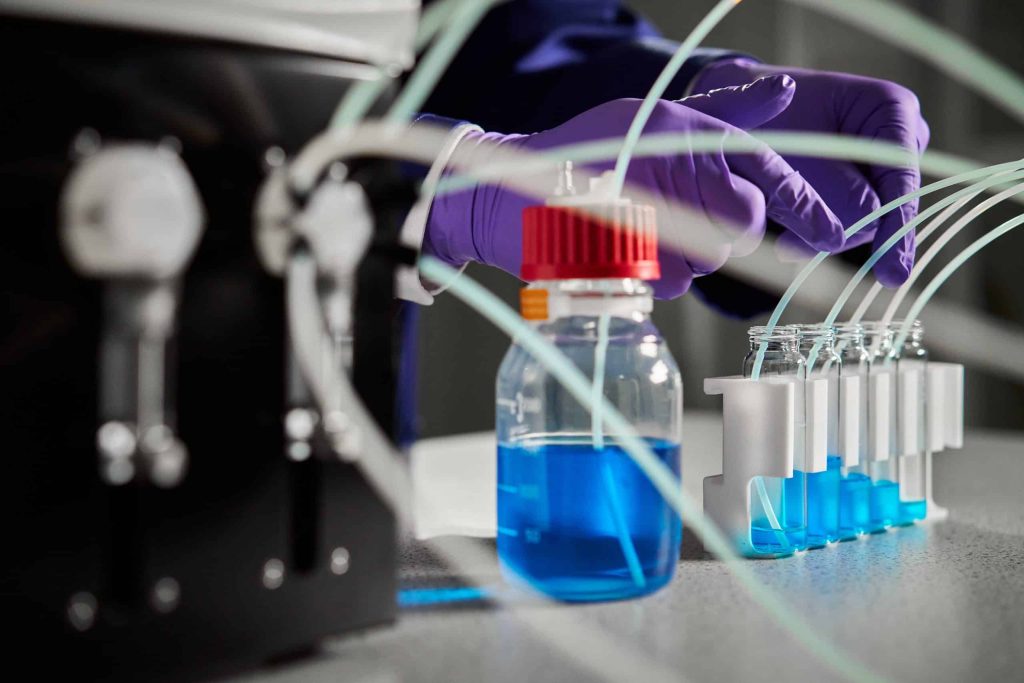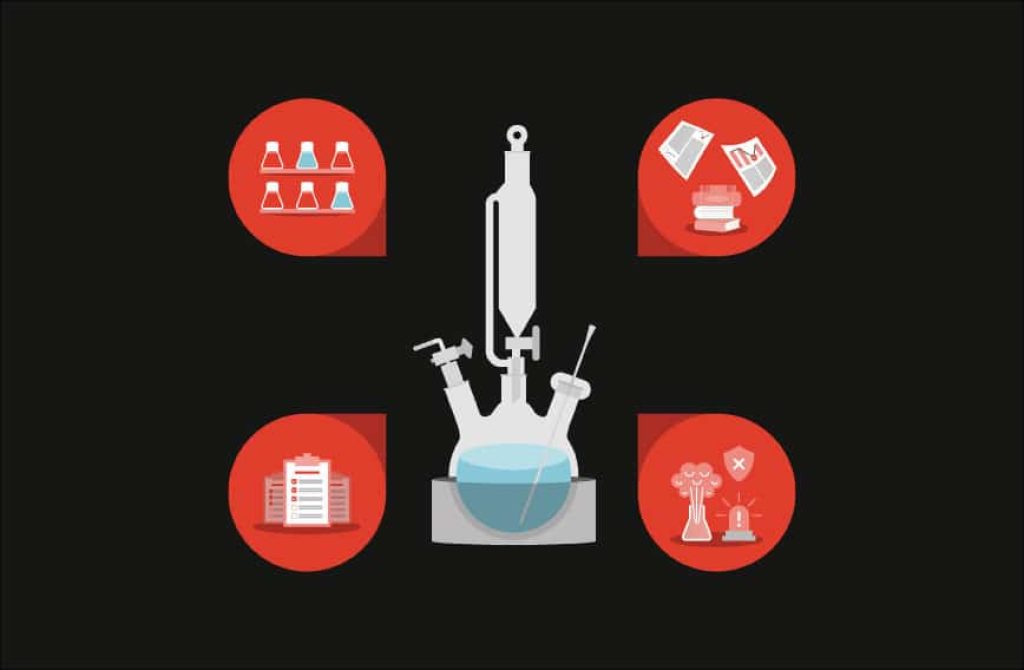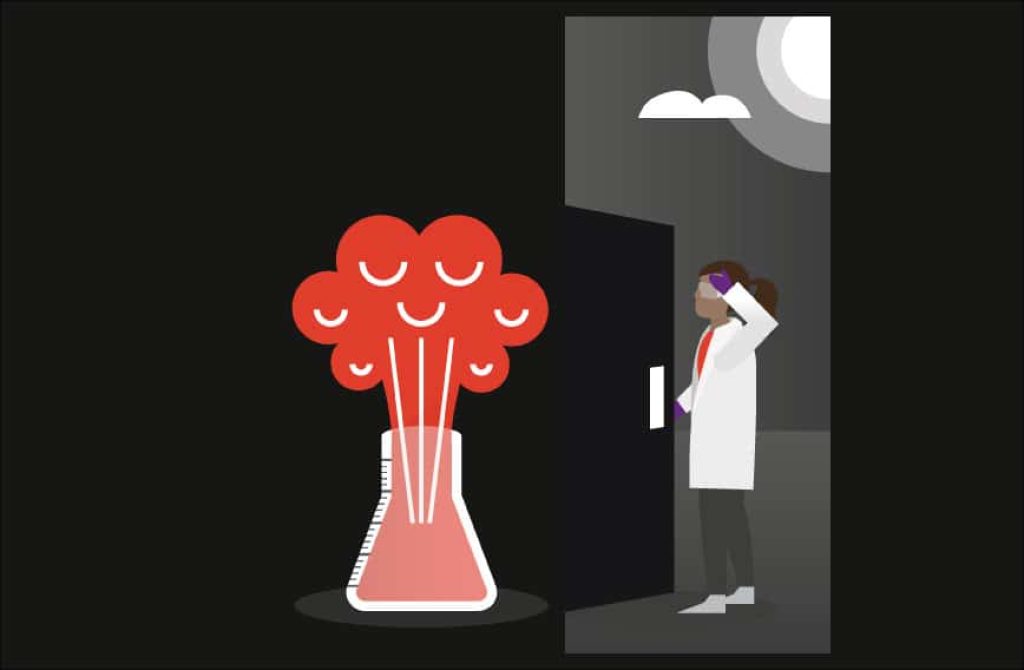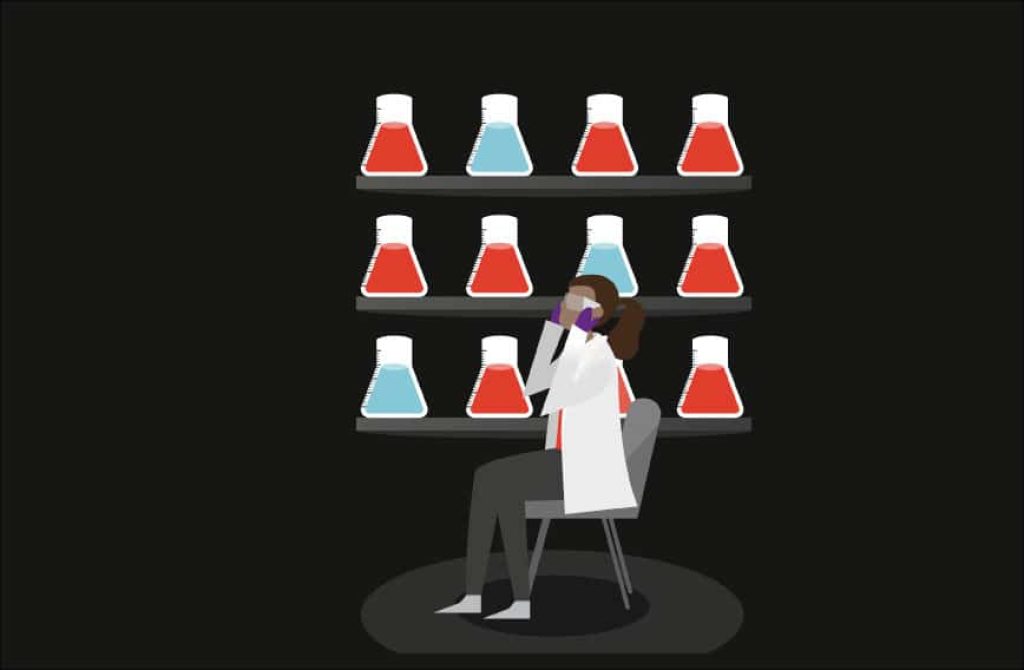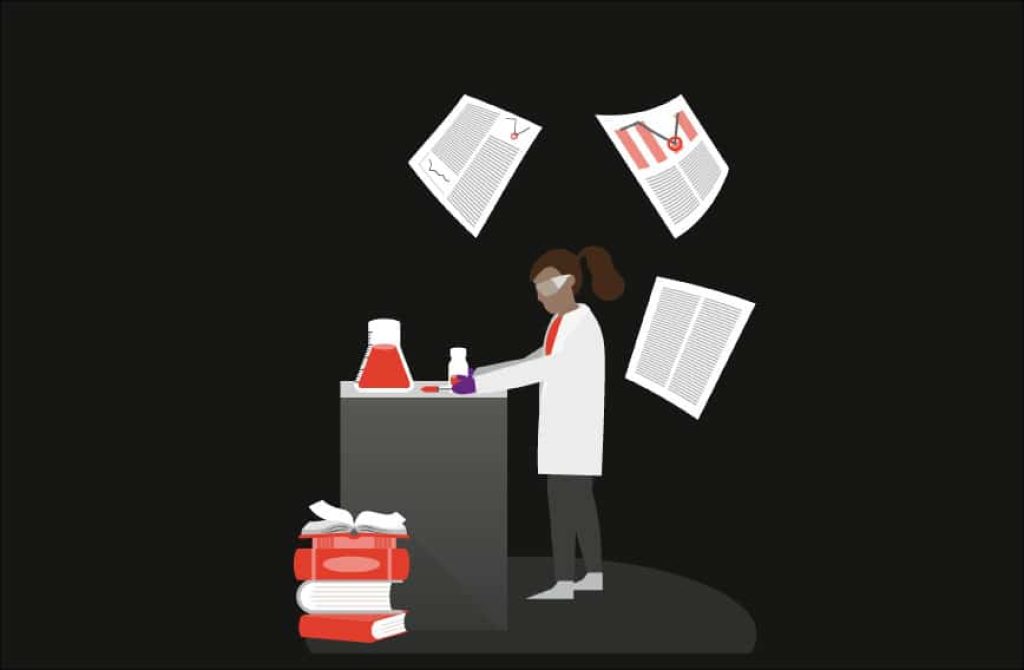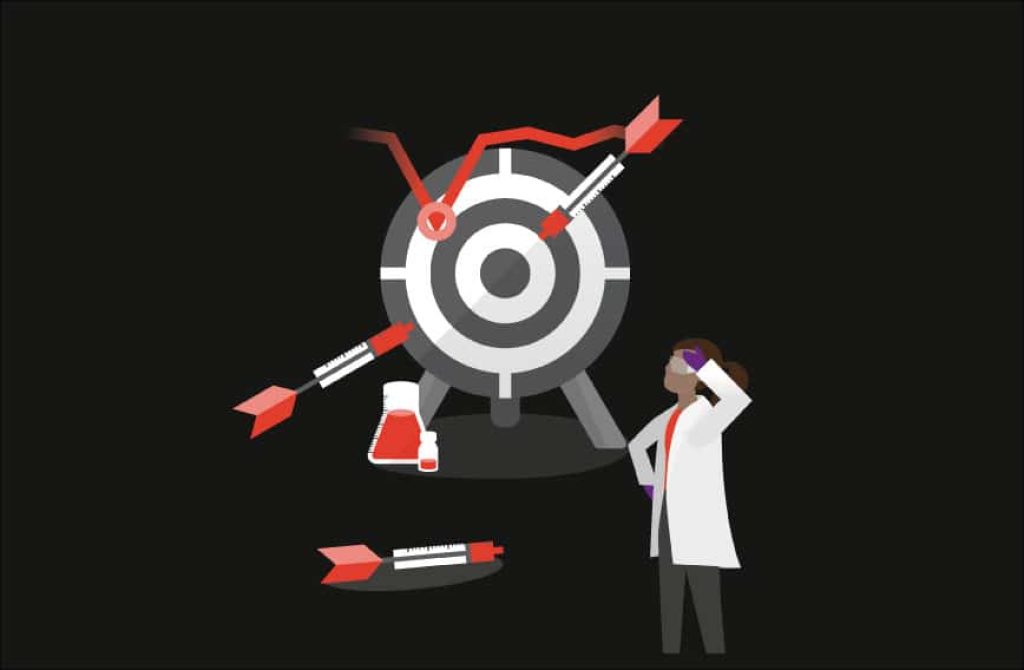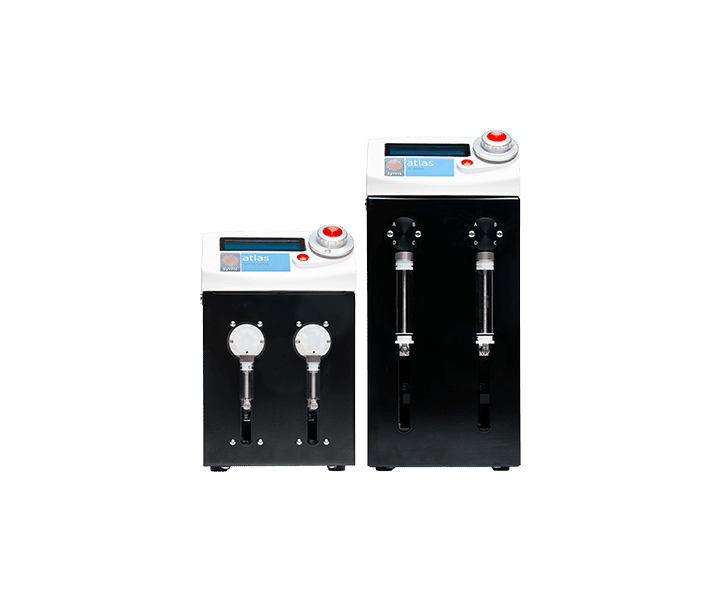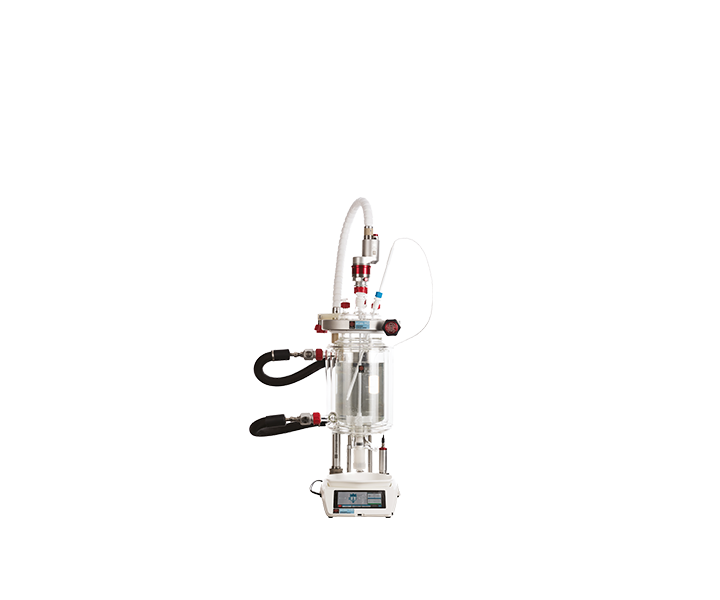What is the webinar about?
Automated dosing has been part of chemistry since the 1950s, transforming laboratory practice and scaling industrial production. Yet for many chemists, negative perceptions remain: automation feels expensive, complex to program, or unsafe to leave running unattended.
In reality, today’s systems are far more accessible than many expect. Automated dosing can integrate with any chemical setup, regardless of brand, without the need for extensive new equipment. It captures data passively, enhances safety by reducing human error, and ensures robust reproducibility. The result: fewer failed experiments, reduced material loss, and greater freedom to focus on discovery.
Who is it for?
Process and discovery chemists, both those still using manual pumping and dosing systems and those already working with automated solutions.
Topics covered
-
-
- The pitfalls of manual dosing
- Latest automated dosing technology solutions
- Illustrate how automation supports critical applications, such as tracking crystallisation behaviour and determining metastable zone width, to make experiments more reliable and reproducible
- Live Q & A session
-
Watch the Automation with no barriers webinar on-demand
We hosted a live questions and answers session at the end and have included this in the recording, but you’ll also find the answers to the questions below.
Questions & answers
At the end of the live webinar session, attendees asked some questions and they were answered live by Ravi and Andy. The questions and their answers can be viewed below.
-
What are the advantages of a syringe pump over other methods?
Accurate dosing, less pulsing, less dead volume.
-
Can I use my own pH meter to control pH together with the Atlas Syringe Pump?
If you have your own pH meter and want to control pH, the automation with our Atlas Software would be necessary, BUT pH probes have a life time of ~ 18 months, so its always best to get a new one and we’d recommend using our probes with our systems.
So, on the pump itself you can, it’s kind of geared to use the the Syrris node and pH meter, but if you’re using the Atlas Software, yes, you can use your own pH meter (depending on the connection it has) in combination with the software.
pH probes have a lifetime just by the nature of their construction. So, if you’ve got an old thing in the back of a drawer, it’s maybe not the best thing to bring out just because you think, oh, I’ve got that and I’ll save a few quid.
But that said, if you’ve got stuff and it’s working, then we can always integrate that into our software. We’d always advise anyone to get a complete setup from one supplier, unless there’s something specialist in it like a React IR probe or something.
-
Does Syrris provide any support if the user does have difficulty with the product?
Of course, we have pre and post sale support. We helped guide you in making the right choices of equipment for your application, we’re consultative at the heart of it, and we want to help you get the best out of the kit and give you the right equipment for what you’re trying to achieve.
We have a team dedicated towards helping you and repairing any issues or giving you any advice that you need to help you get the best out of the equipment that you have. If we’re selling automation, it needs to work and it needs to work robustly.
Now, everything in the world eventually breaks, second law of server dynamics, right? But we need to be there and support our customers, otherwise it’s no good. That’s really core to how we operate, that we need to support our customers. If you’ve put your trust in us by spending your money buying our product, we have to return that trust by giving you quality service so you can continue to use it.
-
What are the limits of pressure and temperature that the syringe pump can work?
It depends on the syringe size. Typically, with our Atlas Syringe Pump, we can dose up to six bar, up against a six bar pressure. We have our flow reactor pump, which is called the Asia Syringe Pump, which has a continuous flow mode and is designed for flow chemistry which operates at higher pressure and the syringe pumps on that can go up to 20 bar. So you can always push against the gradient.
We’ve not really designed this to go alongside a high pressure, autoclave type thing – for that, you’d really need something like a HPLC pump, but that’s a that’s a very different assembly from what we’re offering.
-
Is it possible to integrate dosing pumps to existing manual reactors along with the software?
Absolutely! You can use the Atlas Software with any reactor, it doesn’t have to be with a Syrris reactor. The same goes for the Atlas Syringe Pump; the pump really is like a standalone solution for dosing. It has powerful software in it already that can do pH control dosing and temperature dependant dosing on its own, even auto sampling (you just need the auto sampling modules). So, you don’t need to have a reactor from us to be able to use it in your setup.
So with the pump, plus probes, you could literally have a bucket and then feed in and out of the bucket. If you want to automate with the Atlas Software, if you’ve got things like circulators, so we’d work with Huber, with Julabo, with Lauda…you can then integrate into their command protocols. Likewise, overhead stirrers from brands like Cat, IKA, and Heidolph, we can again integrate that into the software, which gives you heating, cooling, stirring, and then whatever’s coming through the pump, generally gives you a lot of interface that we can do. And we’ve integrated things like pressure transducers, mass flow controllers…
And we have a software team in this building who are available to give additional support if people have got more exotic things they want to add into a system.
-
Do you have any advice for someone doing a BS in chemistry who's interested in a career in automation? How could they pursue that?
Andrew:
I started out in automation after I graduated. So, I did a degree in chemistry, and then I was looking at various places to work at that point, interviewing around all over the place. And I ended up interviewing at a company called Tripost down in Cornwall, which had a real focus in robotics for automated synthesis. And I remember walking into the automation lab for the first time and seeing this stuff, and something clicked in me. And I ended up working there for five years, it was a really great time in my life and I learned a lot.So, I think in an industrial sense, you could come in and you really want to join a company that has a strong automation group and then work forward with them. I know if you connect with Ravi and myself on LinkedIn, we’re connected to these people. You’ll see their posts, you’ll find out who and where they are, or, you know, contact me directly and I’ll have that chat with you. So, that would be if you wanted to go down an industrial route.
The advantage of industrial route is generally in industry, there’s more money. So, there’s better and more advanced equipment available. There are also a number of centers of excellence in a number of different universities around the world. And there’re a lot of universities where they have some quite advanced automation. So, again, applying for a PhD maybe in one of these groups, there’s a lot of very innovative work, there’s a lot of academics that are involved in things like self-building; they have 3D printers and they’re building automation themselves. And, whilst I don’t think that’s necessarily a route-finding solution to the mass market, I think in terms of you learning how to do something, physically putting it together yourself, it takes you to an absolute elite level.
I’d recommend looking around maybe a PhD like that if this delegate is recently looking at finishing their bachelor’s or their master’s, maybe looking at PhD with one of those groups and again connect to us on LinkedIn, you’ll see them or reach out to us directly and I can point you at a few people.
Ravi:
I would say, yeah, just, you know, it’s from again, from a supplies perspective, I think the rise in automation in chemistry is actually like, you know, really, really growing exponentially. So, a lot of these groups are popping up more and more now, trying to integrate automation in their work, branching out of your classical organic synthesis. So, just get there on LinkedIn. Talk to us. You’ll see a lot of publications out there. A lot of people we’ve collaborated with in the past as well, we can put you in touch with them. The world is really always the force of majoring in chemistry at the minute.Andrew:
There’s a lot of cool stuff out there and a lot of people across the world that are driving forward both in academia and also in industry and also some really good collaborations. -
Is it possible to take samples at any chosen time with the pump autosampling function?
The autosampling function allows the user the define when the first sample will be taken and then the interval between each sample afterwards. For example: Take sample 1 after 4 hours and then take the following sample every hour. (S1=4 hrs, S2=5hrs, S3=6hrs, etc.)
So, with the pump autosampler, what you can do with it, if you’re just using it off the pump, is set your first time, like the time delay before your first sample, and then after that you set the interval between different samples; the subsequent samples. So, you’ll say, take my first sample after, e.g. four hours, and then every, 10 minutes after that, take a sample up to the six samples. So, that’s the way the autosampler works and that’s just with the pump.
If you’ve got the software, you can do more advanced things or you could trigger a sample based upon a detection from one of the probes.
With regards to if there’s a time limit on the sampling, if there’s some kind of maximum over the course of days or at which point is there a limit, this is more of a software team question. I suspect there is, however it’s likely to be so long you’re never going to hit it. That’s usually how these things are engineered. It covers every single scenario you need.
-
What about maintenance? Is it easy to clean and maintain?
On the pump, it’s definitely very simple. The syringes are very easy to take out and then the valves are also simple. So, those are the only two parts that require maintenance. The valves are multi-port valves, but you can change those with just a couple of screws in and out, it’s nothing complicated .
If you want to change to different syringe sizes, you just need to tell the pump what size syringe it’s got in the software and there are two screws that hold the valve in and out. So, if you need to take it apart to clean it, that’s also what you do if you need change it or replace parts. In essence it’s about a three or four minute task, very straightforward and you just need a simple flathead screwdriver to change it.
-
Are there examples online that you can point to us to where they're utilizing your products to automate a process and maybe integrate lab automation software as well?
Yes, we do have examples of that and can definitely send you links and references of software being used in the field. We have a list of publications on our website. There are currently about 690 scientific publications (including original papers, patents, review papers) in peer-reviewed journals that mention our products.
-
Is it possible to pump volatile solvents such as acetone or dichloromethane?
Is it possible to pump volatile solvents like acetone or dichloromethane; we have special bottles for the solvent feed which is pressurised to assist. In addition, the pump draw rate can be reduced to stop cavitation.
When you have a more volatile solvent, so firstly the pump that we provide, everything is Teflon or glass that’s wetted all the way through, so that gives you excellent chemical resistance. I mean, if you put conch HF through it, it will start eating it, but if you’re pumping conch HF, you’ve got bigger problems, right? So, in terms of chemical compatibility, you’re fine. In terms of the volatility, this can be an issue. You can either pressurize the inlet reactor just to bottle in order to reduce boiling, or when the syringe draws down what you’re doing in essence creating a vacuum to pull the solution in. If you’ve got something like DCM, which is quite close to its boiling point, it can boil. You know, if you pull too fast, you boil it and create a bubble which then means your dosing isn’t accurate. So, what we do with this is, if you have a very volatile material in there, you just slow down the draw rate and if you slow down the draw rate, you can overcome the problem.
It does limit your maximum flow rate on the system, but most pumps have some sort of piston or reciprocation in it, and they’re all plagued by this problem. But if you just slow down how it’s coming through, then you can pump things like DCM or diethyl ether.
-
In our lab, we run processes manually because of safety concerns, how does your software address this?
There’re two things that can improve safety, there’s the pump and there’s the control software.
So, the Atlas Syringe Pump has a relatively basic level of automation, so if you’re looking at, for example, a temperature cut-out, it gets too hot and you have some understanding of the chemistry, so, if it goes below 60 degrees or something, then the pump will stop dosing. That’s pretty basic.
With control software, you can write complex multivariate things. You can have, if this happens, then this happens. If these combination of things happen, then this happens.
And so, it’s not just a case of stopping, say, a dosing pump. You might say, if this is overheated or you’ve seen a huge increase on the torque of the motor, then maybe you want to crash cool it, set the chiller to go really cold, combat that. You might even want to start dosing in some sort of quench.
With software, the more advanced you go, comes down to your understanding of your chemistry, asking questions like what do you need to do to make this better? What the control software does is allow you to write those safety feedback loops based on the sensors in your process. The classic one is a temperature probe measuring your reaction temperature so if an exothermic event starts to happen, you can crash cool the circulator, but that could be on anything, stirrer torque, turbidity, anything like that.
Once you have a sensor in there, the system allows you to work off that, to write a feedback loop.
Of course, you can always make mistakes with these things but if you understand what’s going on and understand what the risks are, you can say: this is a known risk and this is what I’m going to do about it. And you can automate that into a process.
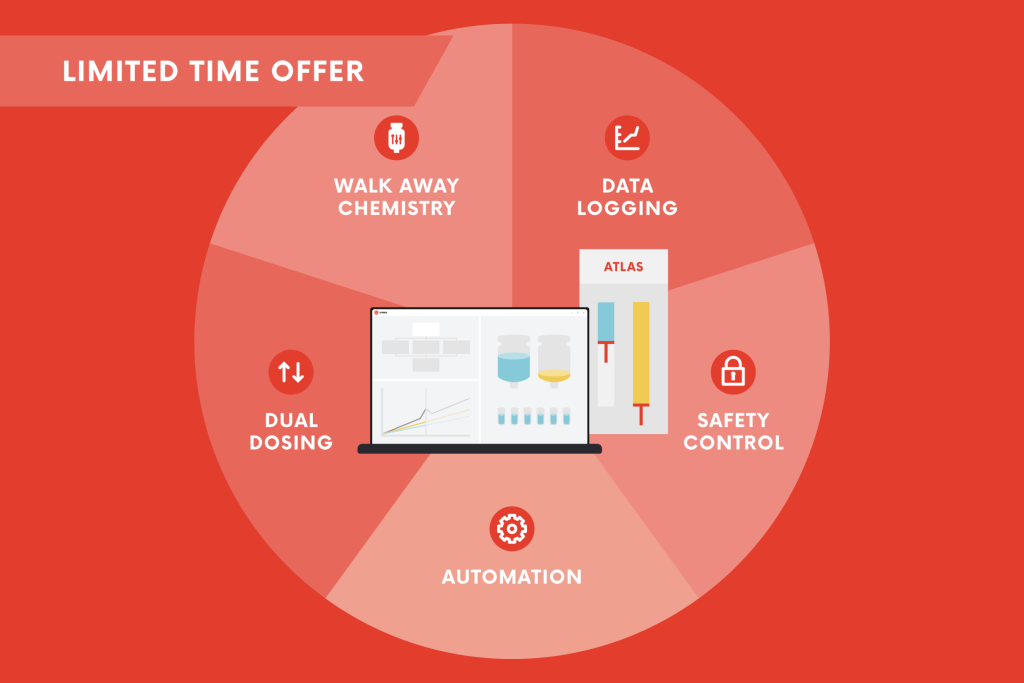
LIMITED TIME OFFER: save up to £4,000 today
£1,000 off the Atlas Syringe Pump. Applies to both Standard and XL pumps.
Offer includes Atlas Manager software at no extra cost (valued at £3,300).
Related products
If you’re interested in this webinar about automated dosing, let’s introduce you to the technology that makes it possible to capture data passively, enhance safety by reducing human error, and ensure robust reproducibility.
With the Atlas Syringe Pump and/or the Atlas HD Automated Jacketed Reactor, you can expect fewer failed experiments, reduced material loss, and greater freedom to focus on chemical discovery.
